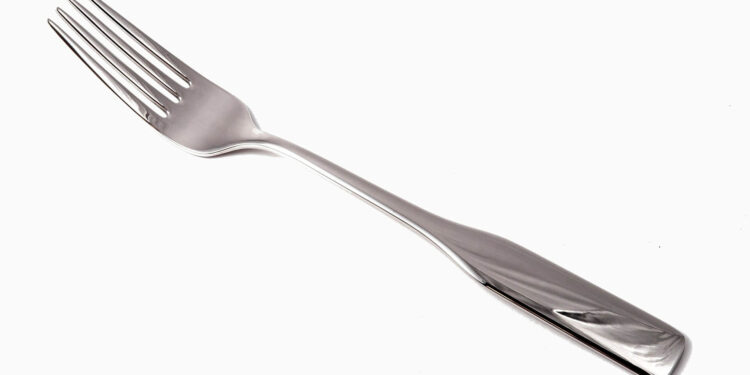For a short time in the year 1004, it was the talk of Venice. An aristocrat’s foreign bride, offending all the guests at the wedding feast without saying a single word.
How did she do it? She ate with a fork, of course.
Maria Argyropoulina meant no offense — forks were commonplace back home in Constantinople. But according to Scientific American, the local clergy in Venice still took it pretty hard, condemning her dining etiquette as an offense against God. When Maria succumbed to the plague a few years later, at least one priest said it was God’s punishment for using a fork instead of her fingers.
Even in the 11th century, forks had been around for a long time. According to Leite’s Culinaria, the ancient Egyptians, Greeks and Romans all had forks, though they weren’t used for eating. Their long-handled versions were cooking implements only, used to carve meats or safely remove food from cauldrons or fires. Eating was a hands-on affair, with just a knife (which you brought yourself) to assist you. Small forks for eating didn’t appear until the seventh century, when aristocrats in the Middle East and Byzantine Empire began using them.
After the scandal of Maria Argyropoulina’s fork and her untimely death, the fork was slow to catch on, and it took a few centuries before they went mainstream. When Catherine de’ Medici married Henry II of France in 1533, she brought dozens of silver forks with her from Italy. But this bride’s forks didn’t cause a scandal — instead, French aristocrats raced to adopt the fork themselves.
Despite the sudden spike in popularity, detractors still persisted for centuries. As late as the early 1800s, some citizens of the fledgling United States regarded the fork as an affectation and preferred an old-fashioned knife and spoon. But those criticisms eventually died out, and by the middle of the 19th century, the fork had a permanent place at the table.


